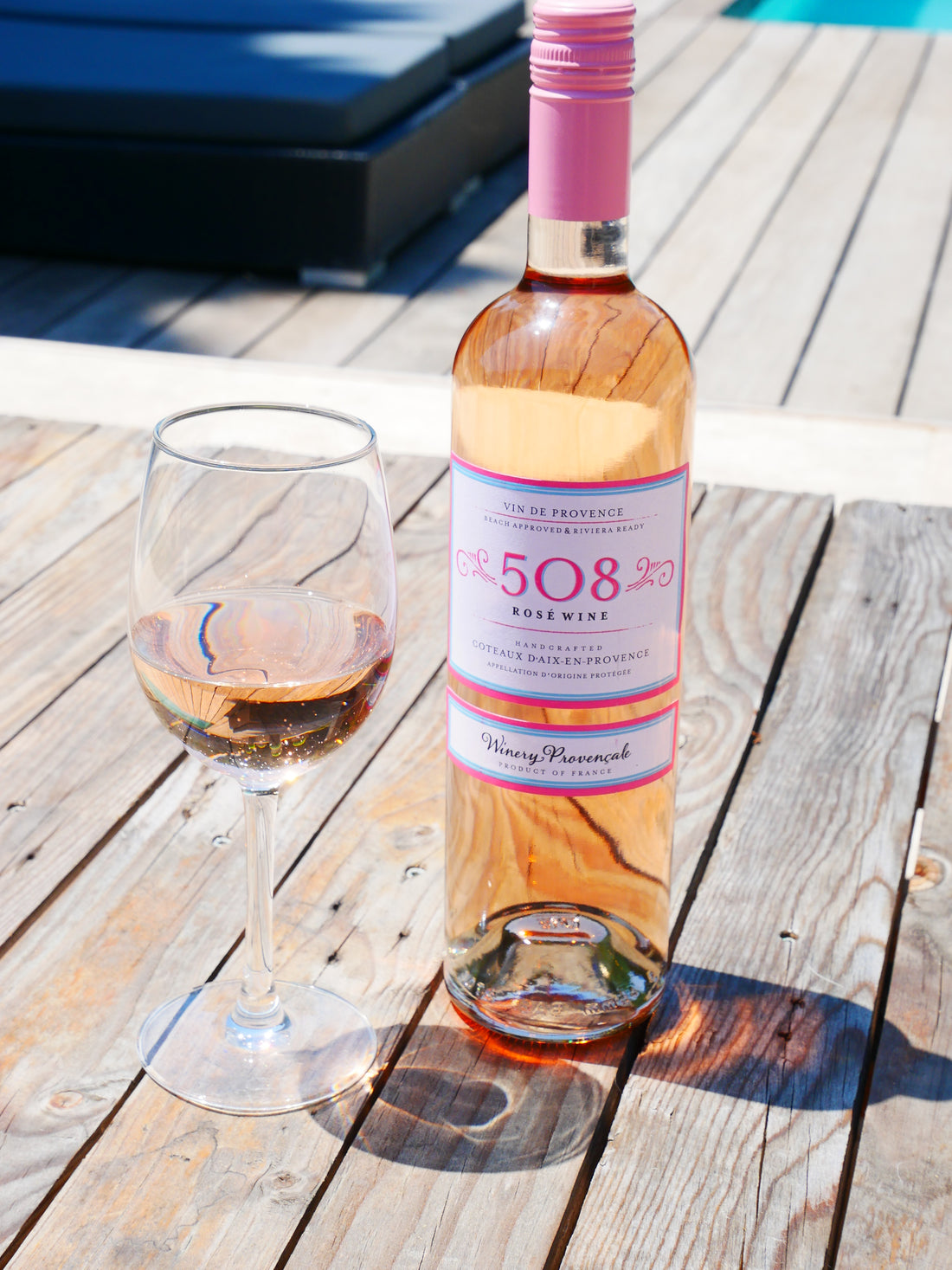
How to choose a rosé wine?
Choosing a rosé wine can be an enjoyable experience, but it can also be a little intimidating due to the diversity of options available. Here are some tips to help you choose a rosé wine that suits your tastes and the occasion:
1. Consider the Production Region
Rosé wines are produced in many wine regions around the world, but some regions are particularly renowned:
- Provence, France : Known for its pale, dry rosés with aromas of red fruits, citrus and flowers.
- Languedoc-Roussillon, France : Offers a variety of rosés, often fruitier and sometimes a little fuller-bodied.
- Spain : Spanish rosados, especially from Rioja and Navarre, can be more robust with notes of red fruits and spices.
- Italy : Italian rosés like those from the Abruzzo region (Cerasuolo d'Abruzzo) are often richer and darker.
2. Think of the Color
The color of a rosé wine can vary from very pale, almost light, to dark pink. Generally, lighter rosés tend to be lighter and drier, while darker rosés can be fruitier and have more body.
3. Level of Sweetness
Rosé wines can be dry, semi-dry or sweet:
- Dry : Little or no residual sugar, often fresh red fruit and citrus aromas.
- Demi-sec : A little more residual sugar, which gives a slightly sweet taste, ideal for those who prefer a slightly sweeter wine.
- Sweet : Very fruity and sweet, often reserved for desserts or spicy dishes.
4. The Grape Varieties
The grape varieties used greatly influence the taste of rosé:
- Grenache : Brings notes of strawberry and cherry, often used in Provence.
- Syrah : Can add spices and dark fruit notes.
- Mourvèdre : Brings body and notes of dark red fruits.
- Tempranillo : Used in Spain, produces more structured wines with notes of red fruits and spices.
5. Food and Wine Pairings
Think about what you are going to eat with your rosé wine:
- Light and Dry : Perfect with salads, seafood, light dishes and Mediterranean dishes.
- Fruity and Semi-dry : Good with Asian cuisine, spicy dishes, and white meats.
- Mild : Ideal with desserts, blue cheeses or very spicy dishes.
6. Read the Labels
Labels can give clues about the style of the wine. Look for terms like "dry," "fruity," "light," or tasting notes that mention flavors you like.
7. Try and Compare
Don't be afraid to experiment. Buy several bottles of different styles and regions to discover your preferences. In-store or winery tastings are also a great way to learn and find what you like.
8. Ask for Advice
Don’t hesitate to ask for recommendations from sommeliers, wine merchants or friends who have knowledge of wine. They can often guide you to wines you will enjoy.
By following these tips, you will be better prepared to choose a rosé wine that will satisfy your tastes and enhance your meals and special occasions.

